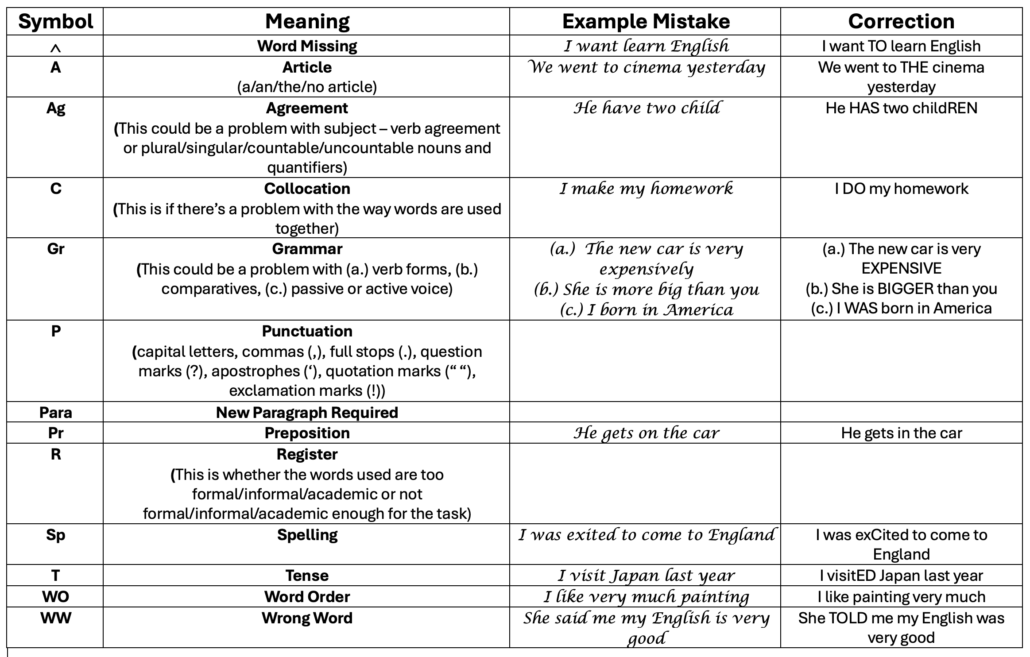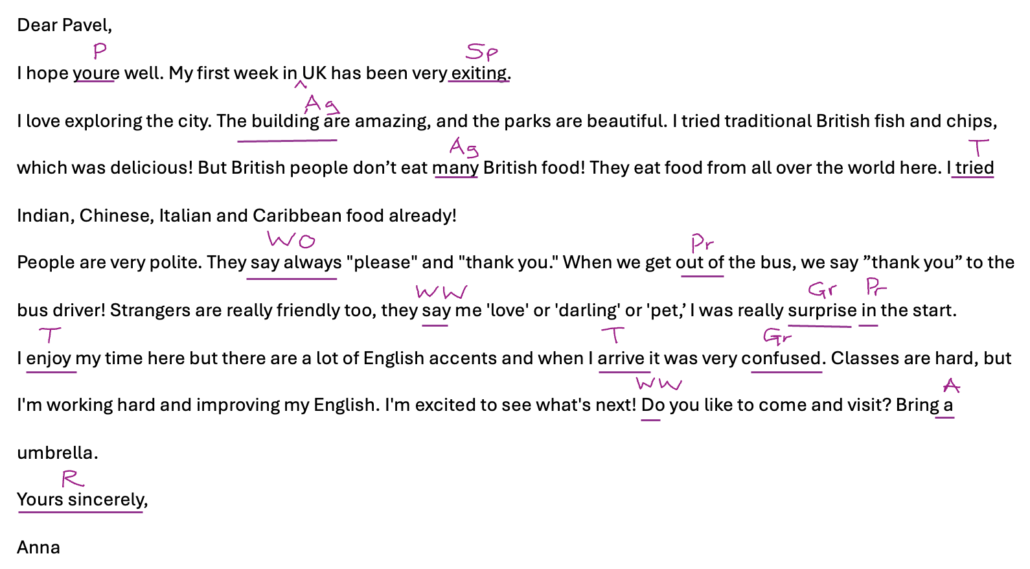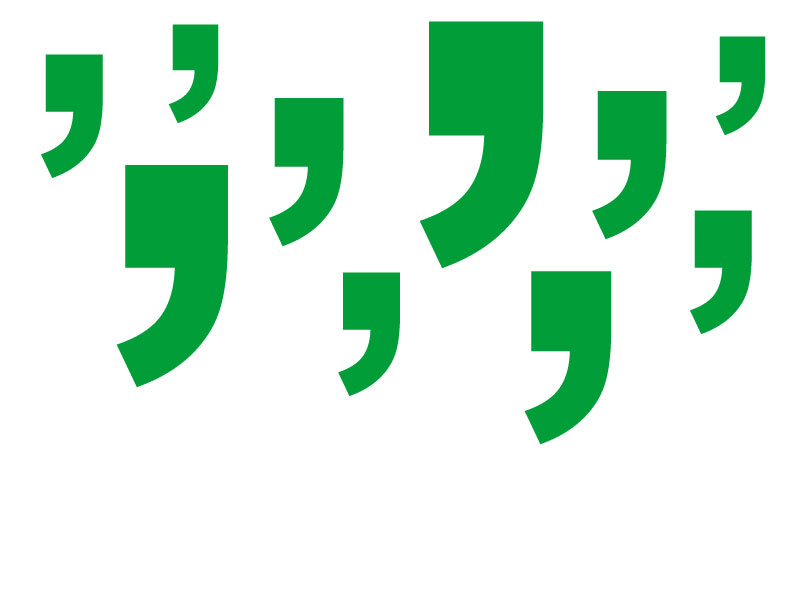Effective Use of Marking Symbols: A Two-Stage Solution
As ESL/EFL teachers, providing constructive feedback is crucial for our students’ language development. One common, effective way to offer feedback is through the use of marking symbols. This not only pinpoints areas for improvement but also encourages learner autonomy and self-correction.
Addressing Issues
However, there are issues with using marking symbols.
- Often, students fail to correct their work or overlook feedback altogether. Or, at least, I imagine they do, as few give back the writing for a second reading. I don’t think there’s much that can be done about this. It’s really up to the student how much time and effort they invest in their studies, all we can do is give them the tools.
- Seeing your work covered in symbols highlighting errors can be extremely demoralizing. This is where ‘Two-Stage Marking’ comes in.
Solution: Two-Stage Marking
To address the issue of demoralization and promote a growth mindset, I’m beginning to adopt a two-stage approach to marking writing. In the first stage, I highlight the strengths and positive aspects of the student’s writing. This helps learners recognize their accomplishments, building confidence. In the second stage, I address errors and areas for improvement.
To implement the two-stage marking approach effectively, I think it’s best to use two documents, the first highlighting positives. Encouraging students to reflect on positive feedback before addressing errors, emphasizes the progress they’ve made. This helps create a supportive feedback environment where students feel comfortable seeking clarification and asking questions.
Selecting Errors to Highlight
When selecting errors to highlight, it’s important to prioritize those that are most critical for each student’s progress. This targeted approach ensures that students focus on areas that will have the greatest impact on their language development. Highlighting positives, should help students understand that areas left unaddressed may still require attention.
Different Levels and Contexts
Marking symbols are versatile and applicable across various proficiency levels and learning contexts. However, I think they are used to best effect for exam students, to highlight the types of mistake they most often make and what to check carefully when proofreading their texts in exam conditions.
Below is a list of symbols I use for levels B1 and above and the exercise I do in class to introduce the symbols.


Highlighting the positives

Highlighting errors





